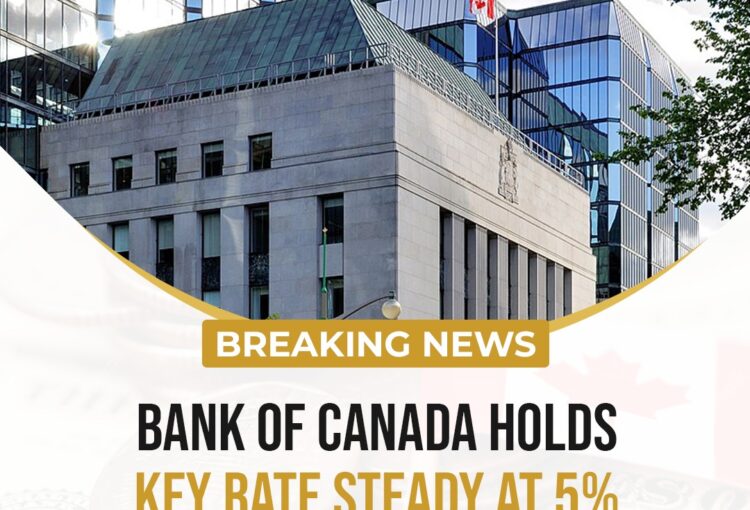Vendor Take Back (VTB) Mortgage
This means the vendor lends you the money to purchase the home. It’s basically a second mortgage.
For example, on a home that costs $150,000, if the vendor has an existing mortgage of $70,000 that you can assume and you have $40,000 for a down payment, the vendor may lend you the outstanding $40,000, to close the deal. This amount would be paid back on a monthly basis much like the mortgage
Interest Rate Buy Down
A vendor — usually a new-home builder — pays the lender a lump sum to lower the mortgage interest rate by up to 3% over a fixed term, usually one to two years. A lump sum payment often reduces the face rate of a mortgage by as much as 2%. In turn, this increases the mortgage amount for which you qualify.
New-home builders may offer buy downs or discounts on the mortgage rate to encourage sales. But vendor financing is usually not renewable, so you have to be prepared to pay the going market rate when the mortgage is renewed.
The builder may add the amount used to buy down a rate into the price of the home and as a result you may end up paying a more for the property.
Rate Of Interest
Interest is the cost of borrowing money and is paid to the lender. Mortgage interest rates are affected by the prevailing market interest rates. Mortgage rates are either fixed or variable. A fixed rate is locked-in so that it will not rise for the term of the mortgage. A variable rate will fluctuate. The rate is set each month by the lender, based on the prevailing market rates. Your monthly payment is fixed to be the same each month for the term of the loan, but the percentage of each payment that goes toward the interest and principal changes.
A variable rate can be a good choice if rates are high when you arrange your mortgage and then fall afterward. But if rates rise, you may want to convert your variable mortgage to a fixed rate. Also, some lenders offer a protected or capped variable rate. This means your interest rate will not rise above a predetermined limit. However, you usually pay a premium for this protection. See current mortgage interest rates.
Terms
The term of a mortgage is the number of years or months over which you pay a specified interest rate
Terms usually last anywhere from six months to 10 years. At the end of the term you either pay off your mortgage in full or renew it. Renegotiating terms and conditions is allowed and encouraged at the time of renewal.
Generally speaking, the longer the term the higher the interest rate. Many experts suggest you select a long term if interest rates are rising. If rates are falling, you may want to select a short term and then lock in the rate when you think rates won’t go any lower.
Amortization
This is the amount of time over which the entire debt will be repaid. Most mortgages are amortized over a 25 year period. The longer the amortization, the lower your scheduled mortgage payments will be but the more interest you pay in the long run. Schedule of Payments: A mortgage loan is repaid in regular payments set up as monthly, biweekly, or weekly. The more frequent payment schedules can save you money by increasing the amount paid toward the total mortgage each year. The more frequently you make your payments, the more principal you repay in a year, and therefore, the lower the overall interest you pay on your mortgage.
Open Mortgage
This means you can repay the loan, in part or in full, at any time without penalty. Interest rates are usually higher on this type of loan. An open mortgage can be a good choice if you plan to sell your home in the near future. Many experts suggest taking an open mortgage for a short term in times of high interest rates and converting to a longer term when rates fall.
Closed Mortgage
A closed mortgage has a fixed interest rate that is locked for the duration of the term and usually offers the lowest interest rate available. It’s a good choice if you like the predictability of knowing your payment will not change from month to month.
Closed mortgages are not very flexible and there are often penalties or restrictions attached to prepayments or additional lump sum payments. It may not be the best choice if you might move before the end of the term. Closed mortgages have terms ranging from six months to twenty years with a five year term being the most common. Generally speaking, the longer the term, the higher the interest rate.
Split Or Multiple-Rate Mortgage
With this mortgage, you negotiate a portion of your total mortgage loan at one rate and term, and another portion at a different rate and term. In this way you can split your mortgage into two, three or more terms. There are many more mortgage options available. Some offer a fixed portion and a line of credit portion. To find out more, talk to your mortgage agent as there are many options available.
Where To Get A Mortgage
Many institutions and individuals lend money for mortgages. These include insurance companies, banks, trust companies, credit unions, finance companies and pension funds. The best option is always to speak with a mortgage broker first. Mortgage brokers know where to find mortgage funds and at the lowest rates with the best conditions available.
What A Lender Wants From You
Lenders will want some financial information about you and/or your co-buyers to assess your ability to repay the loan. This ability is based on your Gross Debt Service (GDS) and Total Debt Service (TDS) ratios and also on your assets, liabilities, earnings, employment history and your past record of repaying loans. Specifically, your lender may want the following:













